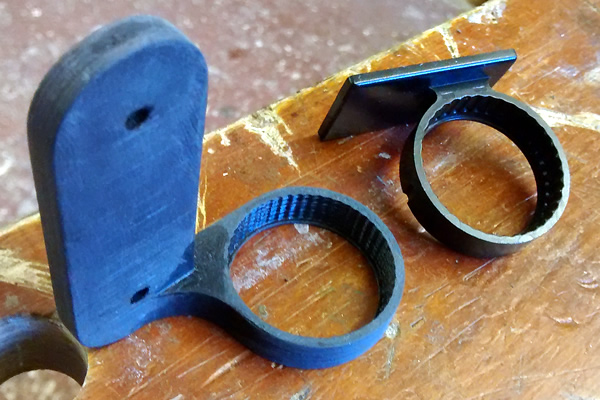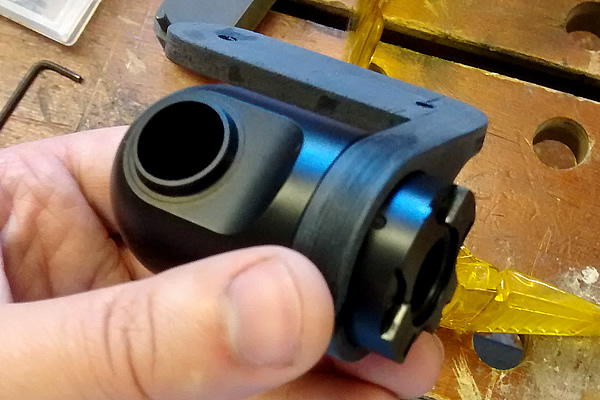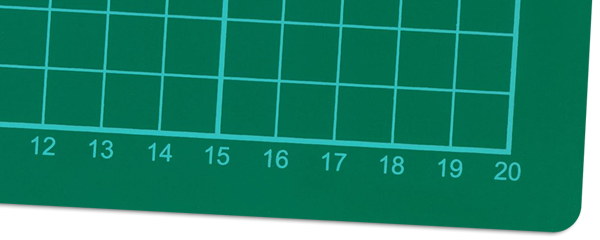Modified Vehicle Camera
-
Introduction
 A few years ago I purchased a cheap (~£20) 'dashcam' from eBay. I didn't really know what to expect for that price, but I wanted to try one out.
A few years ago I purchased a cheap (~£20) 'dashcam' from eBay. I didn't really know what to expect for that price, but I wanted to try one out.While waiting weeks for it to arrive from China, the opportunity presented itself to replace my current car (the MX-5 featured in a number of previous projects) with new one. Unfortunately as the new car would be on a short-term finance basis rather than owned outright like the MX-5, I didn't want to use the 'permanent' adhesive mount integrated into the camera (fearing I wouldn't be able to cleanly remove it again).
 Now that I've handed the car back and gotten myself a brand new one, the idea of fitting a camera popped up again - particularly as insurers have now caught on and started offering big discounts when they're fitted. Rather than buy a new camera with a more 'temporary' fitting solution, I decided to modify my camera to use a suction-mount mechanism instead of an adhesive.
Now that I've handed the car back and gotten myself a brand new one, the idea of fitting a camera popped up again - particularly as insurers have now caught on and started offering big discounts when they're fitted. Rather than buy a new camera with a more 'temporary' fitting solution, I decided to modify my camera to use a suction-mount mechanism instead of an adhesive.The body of the camera is essentially a cylinder, around which a ratcheted ring is fitted. This ring is affixed to the car and the camera can then be twisted to the correct angle. My plan was to design and print a new outer ring that would accommodate a pair of screw-in suction cups (cheaply acquired from eBay) to make the whole assembly easy to fit.
While playing with the camera, I discovered that it is prone to getting very warm during use; a result of inefficient voltage conversion. While the camera was advertised as being '9-16v', the heat produced at 12v suggested this was unrealistic. After further testing I confirmed the 9v minimum and decided to also re-wire the camera to work from a 5v USB port, via an external (in-line and hidden) pre-made voltage boost board. Providing the lowest possible supply voltage means less energy lost as heat inside the camera body.
-
The Bracket, Enclosure & Finishing
 Creating the bracket model in Sketchup was generally quick and simple; however the racheting notches were awkward to create and ended up being more of an approximation/guess than accurately replicated from the original. I suspected it would take a few revisions to get a good fit, but remarkably the first print was perfect (I got lucky), so all I had to do was tidy it up.
Creating the bracket model in Sketchup was generally quick and simple; however the racheting notches were awkward to create and ended up being more of an approximation/guess than accurately replicated from the original. I suspected it would take a few revisions to get a good fit, but remarkably the first print was perfect (I got lucky), so all I had to do was tidy it up.
I also designed and printed a two-part enclosure for the boost board, similar to those you can buy pre-made for electronics projects. This would protect and conceal the board, while also clamping the two sections of (re-purposed USB) cable between the camera and car together. I used M4 machine screws (with one half of the enclosure tapped) to keep the two halves together and apply the clamping force. This worked out rather well and was far quicker, cheaper and more compact than a pre-made enclosure. Again, a fair amount of sanding was required to tidy up the printed surfaces to a reasonable standard, after which I made use of my old favourite Krylon Camo paint to complete the finish. I wasn't sure about the longevity of the camera so didn't spend a great deal of time on this first version.
Again, a fair amount of sanding was required to tidy up the printed surfaces to a reasonable standard, after which I made use of my old favourite Krylon Camo paint to complete the finish. I wasn't sure about the longevity of the camera so didn't spend a great deal of time on this first version. However now that I've had the camera fitted and recording for a few days, I can say it's been a great success. The new mounting solution is slightly larger than the old, but quick to remove and the new wiring is much more discrete. The camera also runs much cooler than before. I'm very happy with the result.
However now that I've had the camera fitted and recording for a few days, I can say it's been a great success. The new mounting solution is slightly larger than the old, but quick to remove and the new wiring is much more discrete. The camera also runs much cooler than before. I'm very happy with the result.

